Meta Description: Is Hollywood’s embrace of diversity a genuine step forward or just a PR strategy? We explore the changes, challenges, and controversies shaping the industry in 2025.
1. The Rise of Inclusive Casting
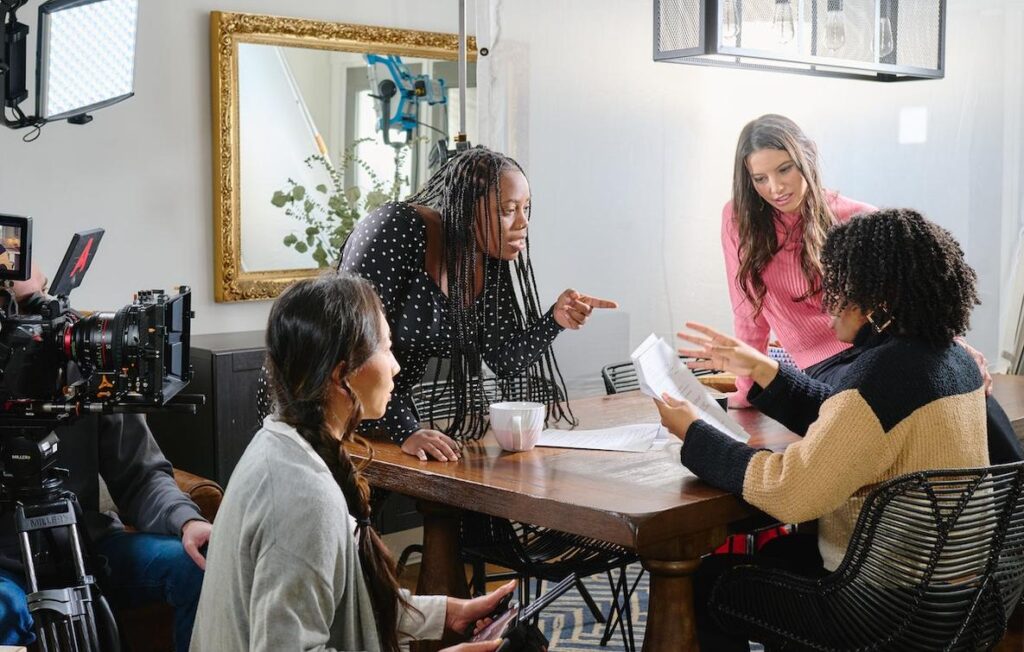
One of the most visible signs of diversity in Hollywood is inclusive casting. Films like *Black Panther* and *Crazy Rich Asians* proved that stories rooted in culture and identity can succeed globally. More roles are now being filled by actors of color, LGBTQ+ individuals, and those with disabilities.
2. Behind the Camera: More Diverse Creators
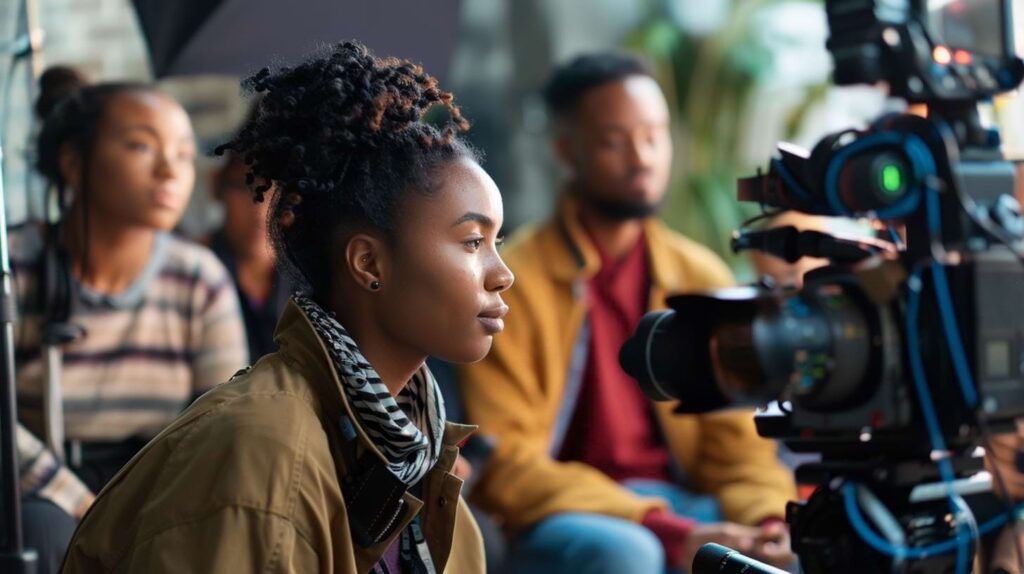
Diversity in Hollywood is no longer just about who’s on-screen. We’re seeing more underrepresented filmmakers, screenwriters, and producers driving stories that reflect authentic experiences. This shift adds depth and truth to storytelling, yet many argue it still needs to happen on a wider scale.
3. Awards and Representation: Breaking the Mold?
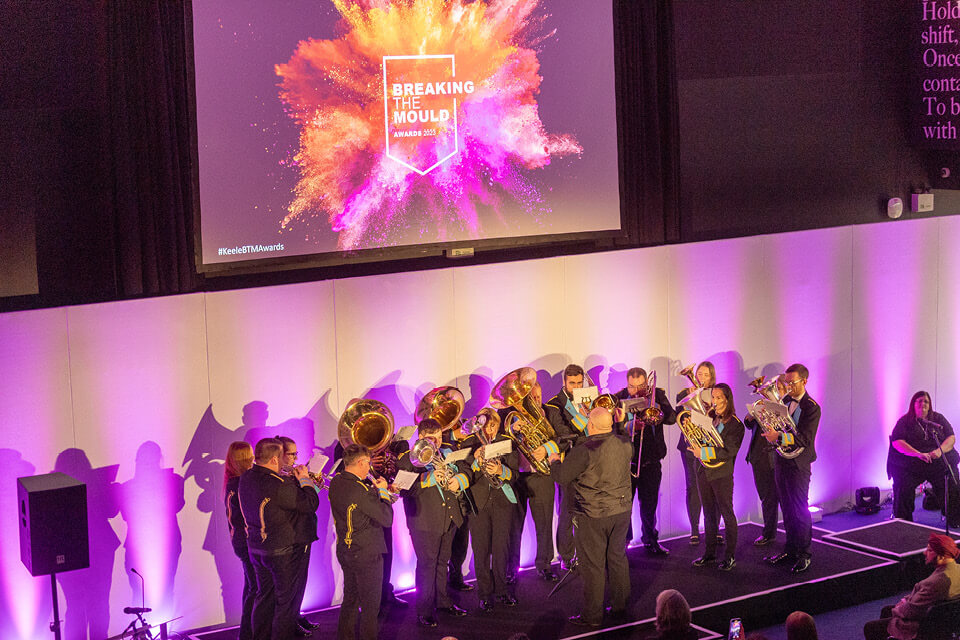
The Oscars and other major awards shows have implemented diversity guidelines, but critics argue these are symbolic more than structural. While progress is evident, true industry reform means sustained support for marginalized creators—not just occasional recognition.
4. Streaming Platforms Driving Change
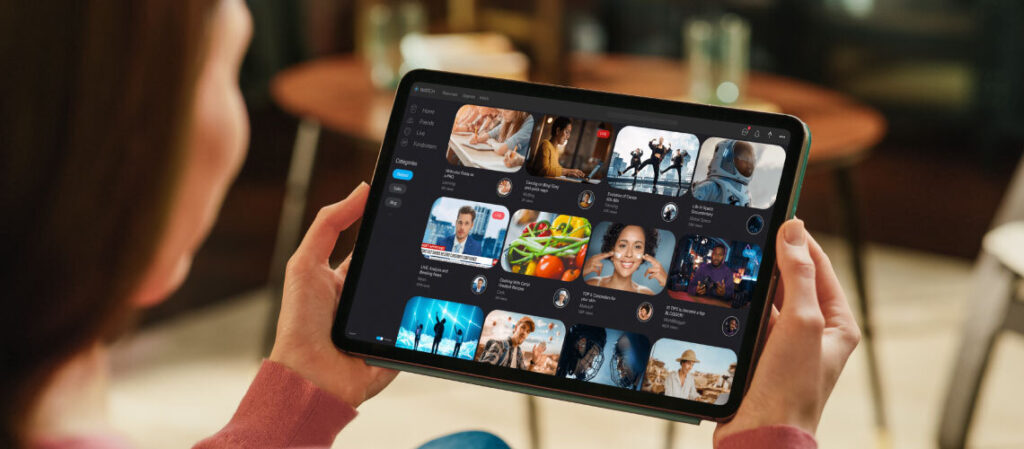
Netflix, Hulu, and Prime Video have led the charge by investing in diverse content. With fewer gatekeepers, streaming platforms have become incubators for bold storytelling and new talent. This model has helped amplify diversity faster than traditional studios.
5. Performative Activism or True Inclusion?
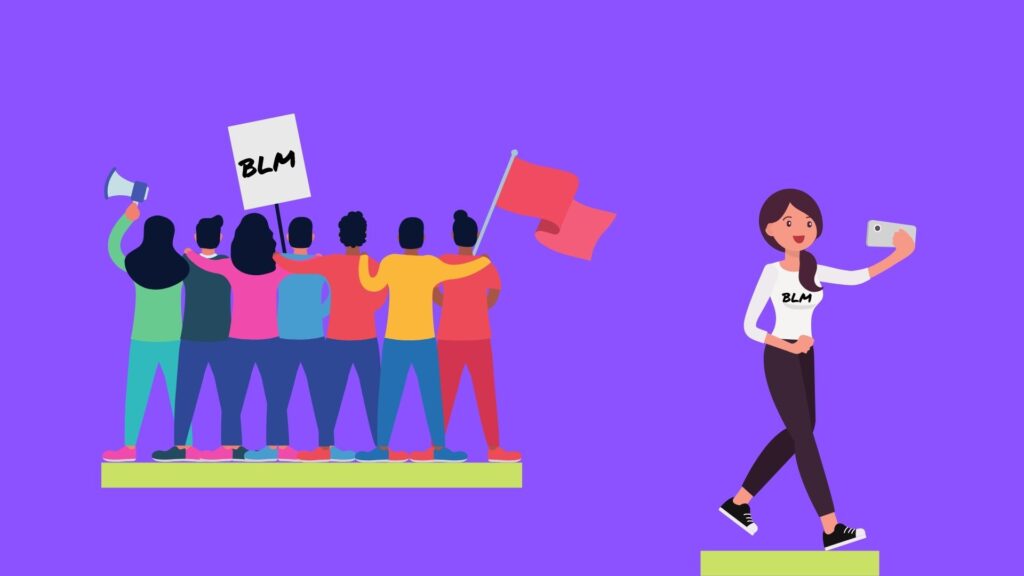
Many critics argue that Hollywood’s embrace of diversity often feels like performative activism—marketing campaigns that highlight progress without actual cultural shift. Token characters and one-off projects still reflect an industry grappling with deep-rooted inequality.
6. Audience Impact and Box Office Trends
Today’s audiences demand representation. Data shows that films with diverse casts often outperform at the box office, debunking the myth that inclusion hurts profitability. Viewers expect stories that reflect the real world—and they’re rewarding the industry when it delivers.
7. The Role of Social Media Accountability

Social media has empowered audiences to hold Hollywood accountable for lack of diversity. Hashtags like #OscarsSoWhite and #RepresentationMatters have sparked global conversations, forcing studios to rethink their casting and storytelling strategies.
8. Global Influence: Beyond American Narratives
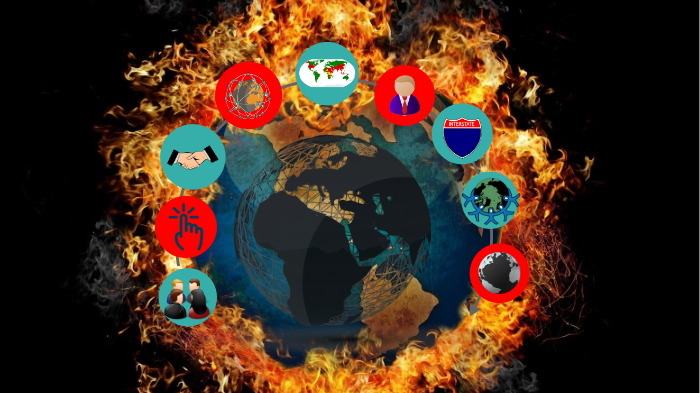
Hollywood is increasingly influenced by international cinema. Films and series from Korea, India, Latin America, and Africa are making waves globally, reshaping what diversity in storytelling means and how it’s received by audiences around the world.
9. The Business Case for Inclusion
Executives are realizing that diversity isn’t just moral—it’s profitable. Inclusive teams lead to better creativity, broader market reach, and higher engagement. Forward-thinking studios are embedding equity into their long-term business models.
10. What Still Needs to Change
While the push for diversity in Hollywood is more visible than ever, true equity will require ongoing effort. This includes mentorship, funding for indie voices, accountability systems, and leadership that reflects the world we live in—not just the trends of the moment.
Final Thoughts
Hollywood’s move toward diversity is part progress, part PR—but both can spark meaningful change. The challenge now is to move beyond statements and start embedding inclusion in the very fabric of how stories are told, who gets to tell them, and how success is defined.
Tags: diversity, Hollywood, film industry, representation, inclusive casting, streaming platforms, award shows, global cinema
